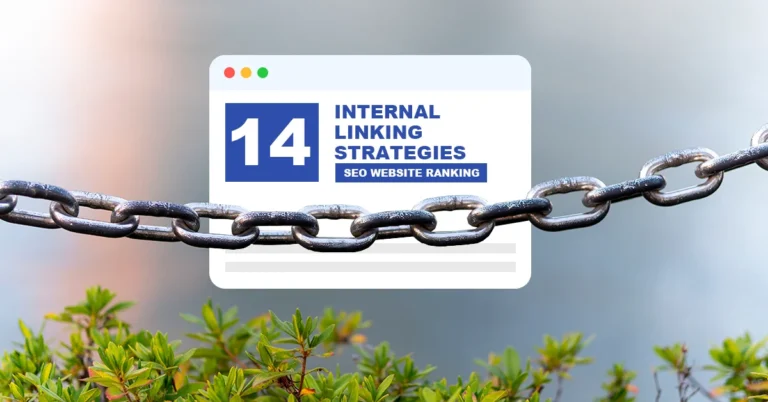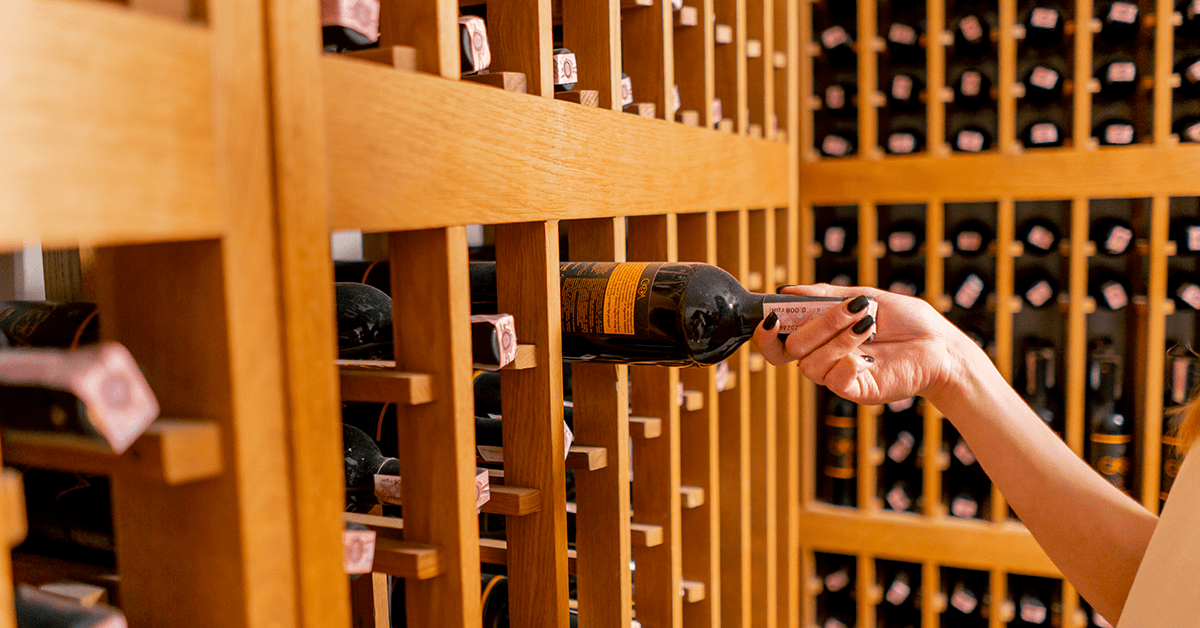
Introduction to Wine Storage
Proper wine storage is foundational to preserving and potentially enhancing the quality of red wine over time. Wine, being a complex and sensitive beverage, reacts to its environment. Temperature, humidity, light exposure, and movement can all impact a wine’s development, for better or worse.
Temperature is arguably the most critical factor. The ideal range for storing red wine is between 50°F and 59°F (10°C to 15°C). Temperatures higher than 70°F (21°C) can accelerate ageing and lead to undesirable flavours, while too cold an environment can cause the liquid to expand, potentially pushing out the cork or damaging the seal. Fluctuations in temperature are particularly harmful as they can cause the cork to expand and contract, allowing air to enter the bottle and spoil the wine.
Humidity levels are also vital; too low, and corks can dry out, leading to oxidation, too high, and there’s a risk of mould or label damage. The sweet spot is around 70%, sufficient to keep corks in good condition without fostering mould growth.
Light, especially UV rays, can degrade and prematurely age wine, a phenomenon known as “lightstrike.” This is why many wines are bottled in coloured glass and why storage in a dark place is recommended.
Vibrations from heavy traffic, machinery, or even constant rearranging can disturb the sediment in wine, affecting its ageing process and potentially leading to a gritty texture.
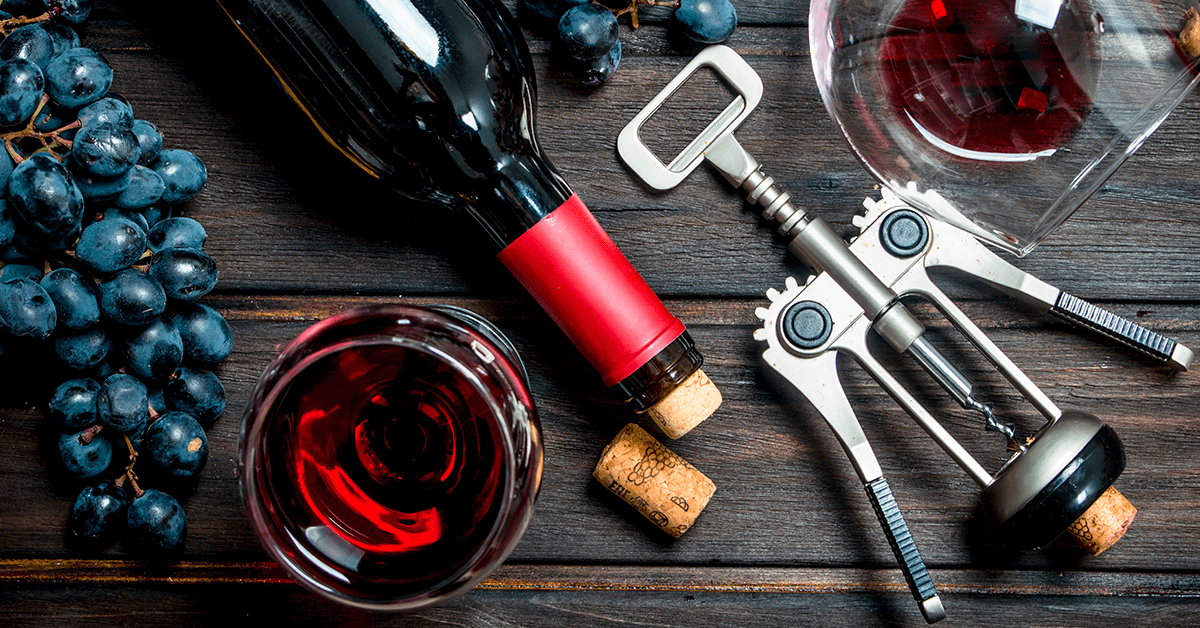
How Long Can Unopened Red Wine Last?
The lifespan of unopened red wine is not a one-size-fits-all matter. It greatly varies based on the wine’s style, quality, and how it’s been stored. Generally, wine ageing is a process of evolution, where the primary fruit flavours mellow and secondary notes such as earth, leather, and tobacco emerge. However, not all wines are meant to undergo this transformation.
Lighter Reds like Pinot Noir, which are celebrated for their fresh, fruit-forward character, tend to have a shorter shelf life. These wines are crafted to highlight their delicate aromas and flavours, which can fade or become muddled over time.
Medium-Bodied Reds strike a balance between tannin structure and acidity, making them capable of medium-term ageing. Wines like Chianti or Merlot can develop more complex flavour profiles within a few years in the bottle, provided they’re stored correctly.
Full-Bodied Reds are the stalwarts of the wine ageing world. Their high tannin content acts as a preservative, allowing the wines to evolve gracefully over many years. For example, a well-stored bottle of Bordeaux or Napa Cabernet Sauvignon can last for decades, developing an incredible depth of flavour and aroma complexity.
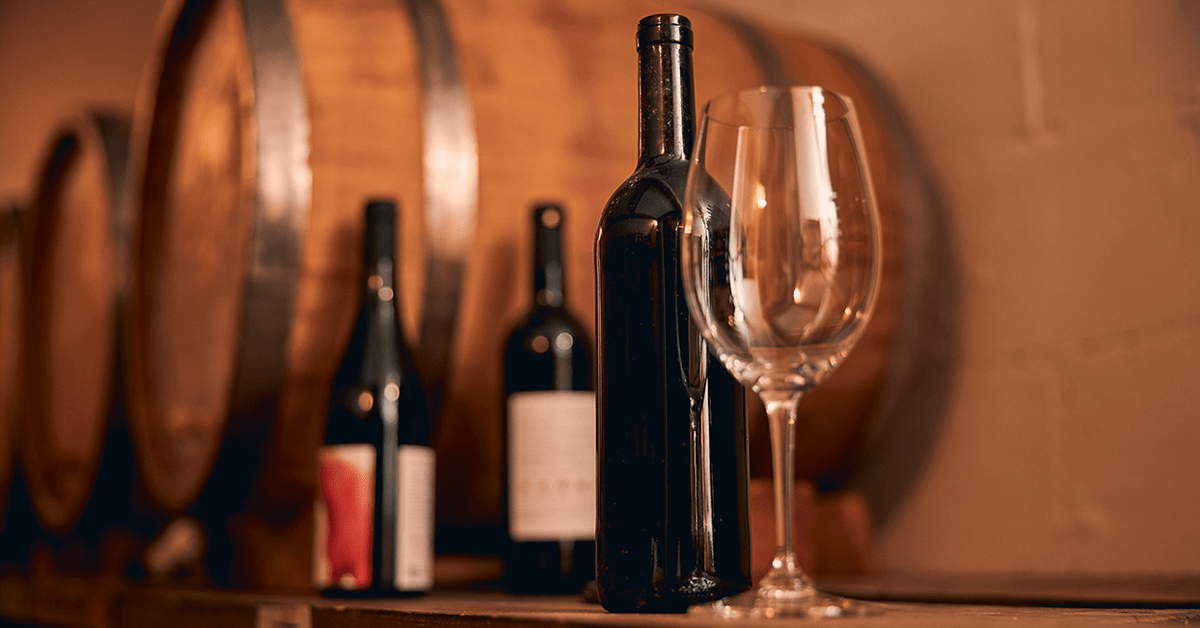
The Role of Tannins and Aging
Tannins, natural compounds found in grape skins, seeds, and stems, are crucial for the ageing potential of red wine. Acting as antioxidants, they slow the oxidation process, which can lead to spoilage. Over time, tannins polymerize, forming larger molecules that contribute to a smoother mouthfeel and complexity in the wine. This transformation is part of what makes aged wines so prized.
However, the presence of tannins is not the sole determinant of a wine’s ageing capacity. Balance is key; the wine must also have sufficient fruit concentration, acidity, and alcohol level to age well. The interplay of these elements determines whether a wine will improve with age or if it is best consumed young.
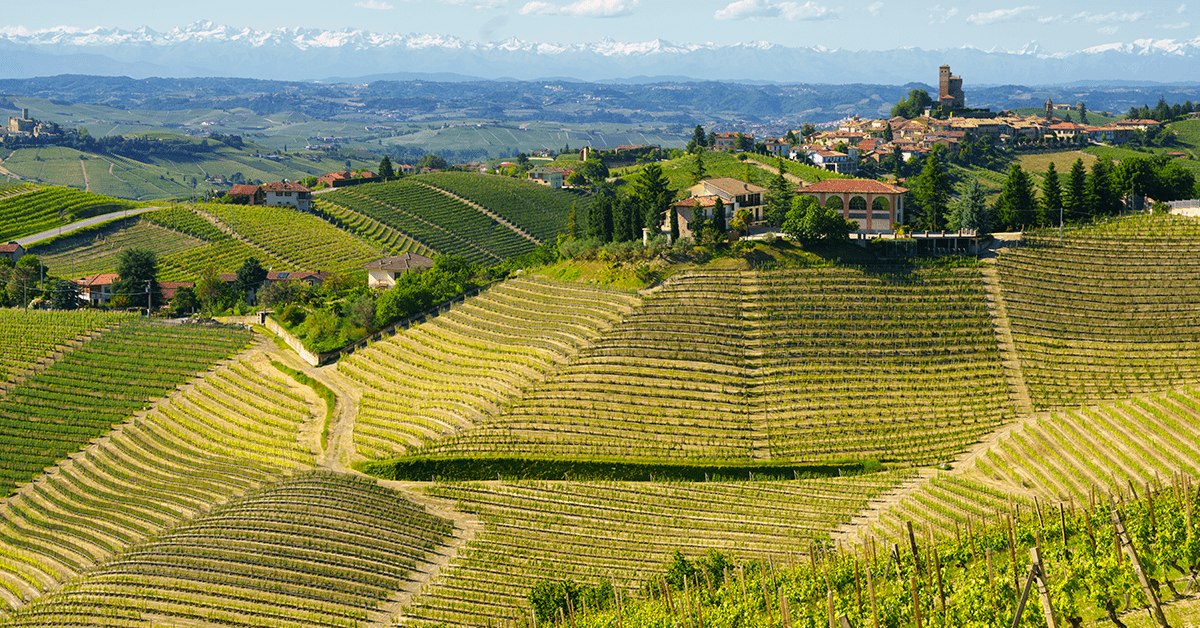
Exceptions and Collector's Wines
While many red wines are made to be enjoyed within a few years of their release, there are notable exceptions that defy the standard ageing advice. Wines from regions with a long history of winemaking, such as Bordeaux in France, Barolo in Italy, and Rioja in Spain, can have remarkable ageing potential. These wines, often crafted with the intent to age, can evolve over decades, developing a complexity and depth that is unattainable in their youth.
Collector’s wines, those rare and often expensive bottles, are typically purchased not just for consumption but as an investment or for the joy of owning a piece of winemaking history. The ageing potential of these wines is a significant part of their allure, with some capable of maturing for over a century under optimal conditions.
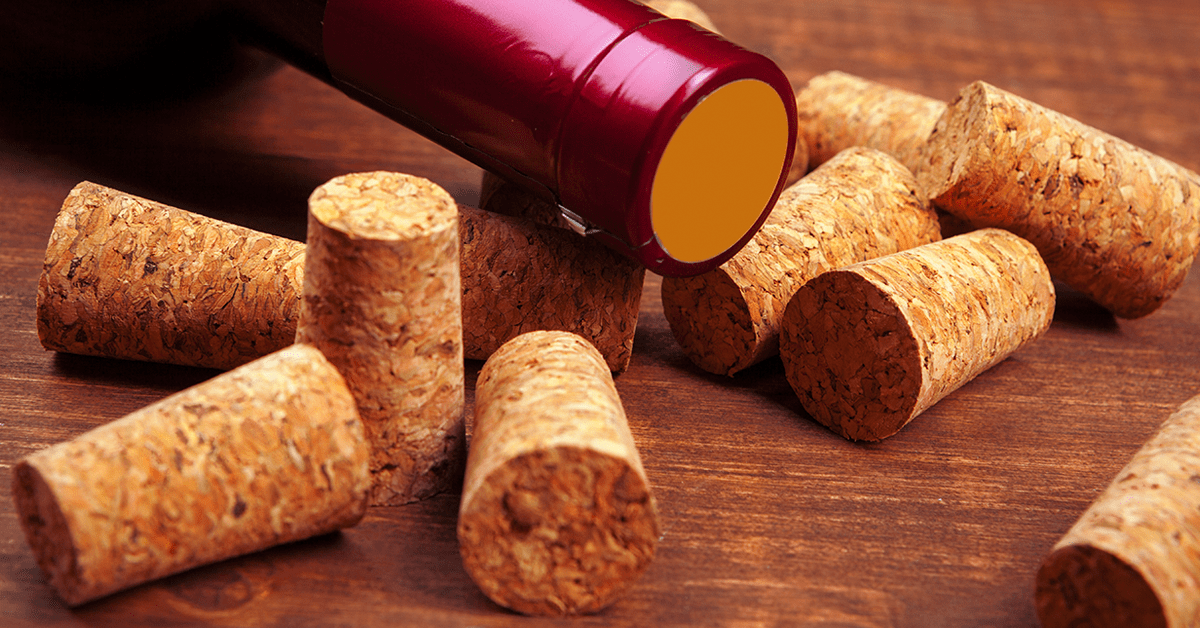
Signs of Spoilage
Identifying if an unopened bottle of wine has spoiled without opening it can be challenging, but there are indicators. A cork that appears to be pushing out of the bottle neck might suggest that the wine has been exposed to heat, causing it to expand. Seepage or signs of leakage could also indicate that the wine has been compromised. Moreover, discoloration, visible through the glass of clear bottles, can suggest oxidation or spoilage; red wines may take on a brownish hue as they oxidise.
Conclusion
Understanding the factors that affect the longevity of red wine is essential for any wine enthusiast looking to build or maintain a collection. By paying attention to the type of wine, its storage conditions, and the signs of ageing or spoilage, wine lovers can ensure that they enjoy their bottles at the peak of their potential. Whether you’re savouring a bottle meant for immediate consumption or one that’s been carefully aged, the key is to appreciate the unique journey of each wine.




